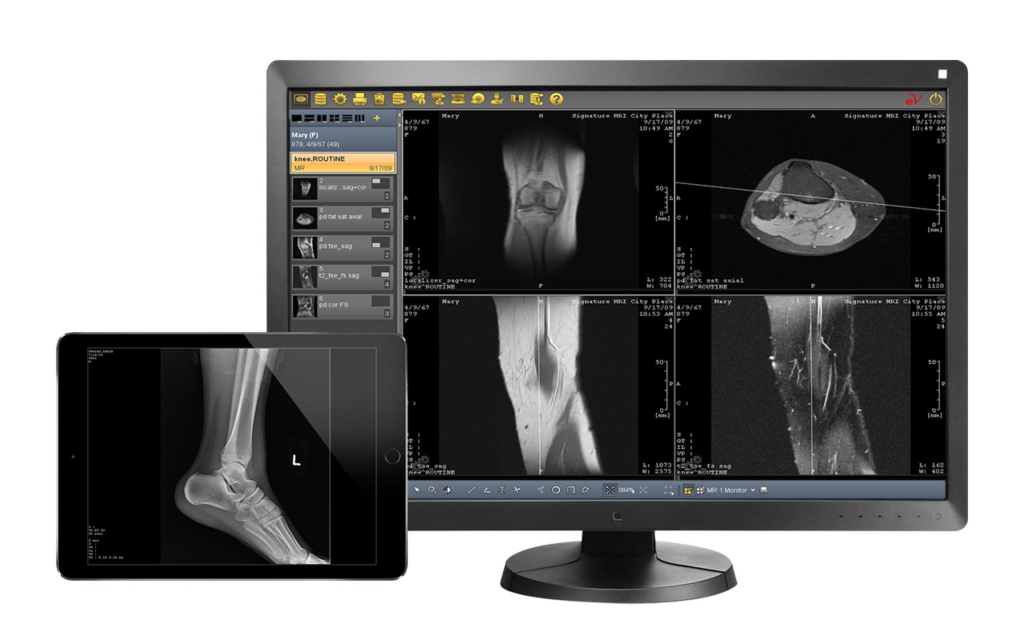In the field of radiology, the advent of Picture Archiving and Communication System (PACS) technology has revolutionized the way medical images are stored, accessed, and shared. This innovative system has played a crucial role in enhancing efficiency, accuracy, and patient care in radiology departments worldwide. In this blog post, we will delve into the concept of PACS system Radiology, explore their benefits, and discuss how they have transformed the practice of radiology. So, let’s dive in.
What is a PACS system?
A PACS system is a comprehensive, integrated solution that allows healthcare professionals to acquire, store, access, and distribute medical images and related data. This system replaces traditional film-based radiography by digitizing images and making them available for review and analysis on computers or other digital devices.
How does a PACS system work?
A PACS system consists of multiple components, including imaging modalities (such as X-ray, MRI, and CT scanners), workstations, servers, and a network infrastructure. When a patient undergoes a radiological examination, the images are captured digitally and sent to the PACS server. These images can then be accessed by authorized personnel from any connected workstation or device, enabling remote access and collaboration.
What are the benefits of a PACS system?
– Improved accessibility: With a PACS system, radiologists can access medical images instantly, regardless of their physical location. This enables faster diagnosis, facilitates remote consultations, and reduces the need for patients to carry physical films from one facility to another.
– Enhanced efficiency: PACS eliminates the need for manual film handling, processing, and storage, saving valuable time for radiologists and support staff. It also streamlines workflow management by automating image routing and archiving processes.
– Increased accuracy: Digital images can be manipulated, enhanced, and annotated, aiding radiologists in making more accurate diagnoses. Additionally, PACS systems often include advanced tools for image analysis and comparison, further improving diagnostic precision.
– Cost savings: PACS eliminates the costs associated with film, chemicals, and physical storage space required for traditional radiographic films. Moreover, it reduces the need for duplicate examinations, as images can be easily shared between healthcare facilities.
What are the security considerations with PACS systems?
As with any digital system, security is a key concern when it comes to PACS. Measures such as data encryption, user authentication, access controls, and audit trails are implemented to ensure patient privacy and protect against unauthorized access or data breaches. Compliance with relevant regulations such as HIPAA (Health Insurance Portability and Accountability Act) is essential for healthcare organizations implementing PACS systems.

Conclusion
PACS systems have revolutionized the field of radiology, offering numerous benefits in terms of efficiency, accuracy, and patient care. The ability to instantly access, analyze, and share digital medical images has transformed the way radiologists work, leading to improved diagnoses and timely treatment decisions. With ongoing advancements in technology, PACS systems are expected to continue to evolve, further enhancing radiology practices and ultimately benefiting patients worldwide.

